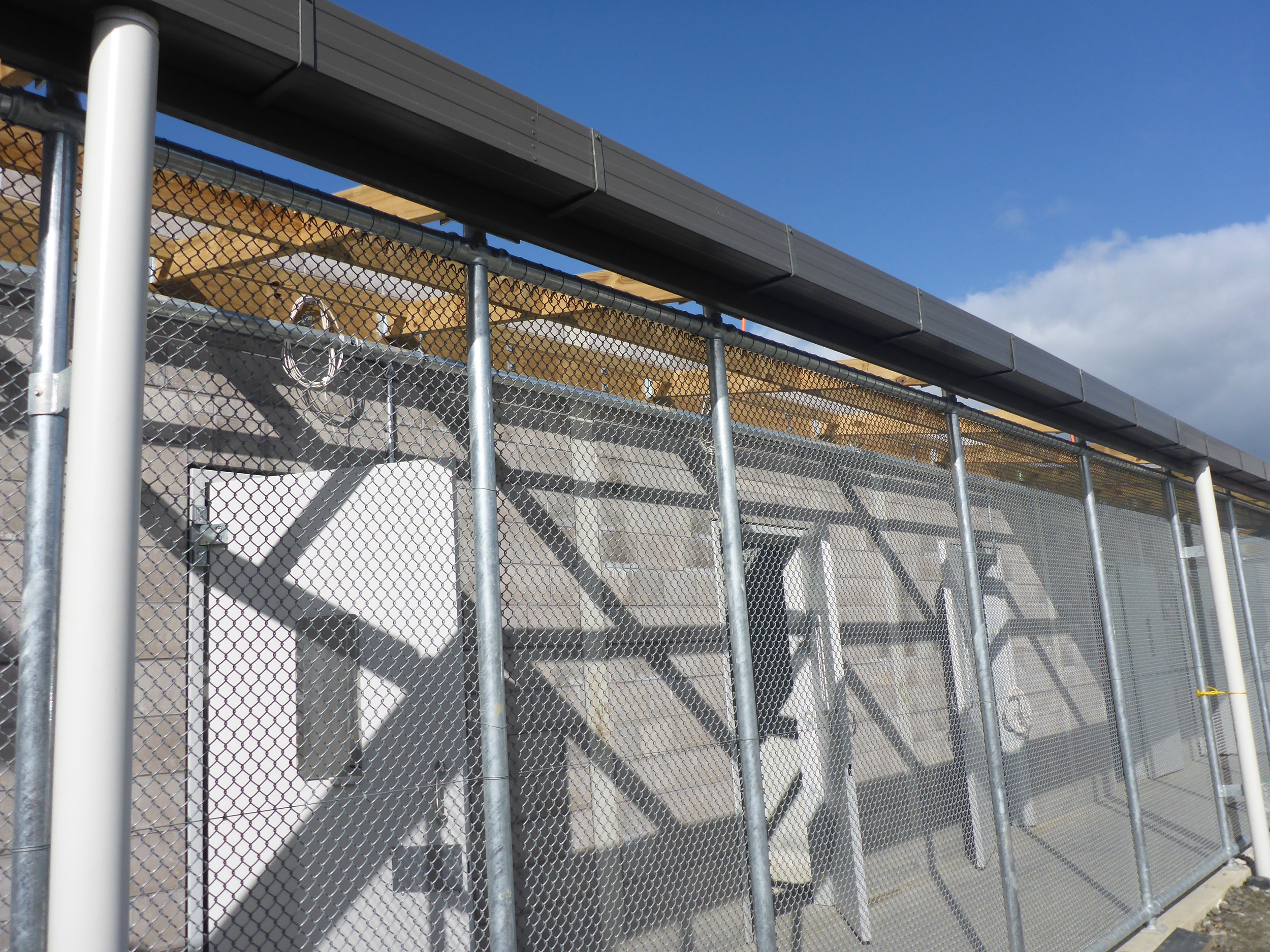Opinion: If there were any doubt about whether New Zealand has a super-maximum security (supermax) prison, the Prison Inspectorate’s most recent report lays the matter to rest. The report examines New Zealand’s newest prison - the Prisoners of Extreme Risk Unit at Auckland Prison. This is a ※prison within a prison§ or, as many at Auckland Prison call it, ※the SAS of prisons§.
Although the unit is at Auckland Prison, it is not run by the Auckland Prison director. Instead, a special Persons of Extreme Risk Directorate has been created to do this. The supermax unit’s stated purpose is to house ※the national population of prisoners identified as presenting extreme risks who require specialised and bespoke custodial management§ and it is clear it has been conceived as a place of long-term solitary confinement.
This is a distinct shift in the practice of incarceration in New Zealand.
Prisoners are each confined in a nine square metre concrete cell - about the size of a modest double bedroom. The cells include a toilet, shower, basin, desk, bench, and a television. When prisoners are allowed their daily fresh air, a remote-controlled door opens to give access into another concrete box, described by one prisoner as a ※dog run§. Some of these exercise yards have one side of thick wire mesh that enables fresh air to circulate, but blocks natural light and prevents seeing properly through it. Mental health clinicians describe the environment as dark, oppressive, and lacking sensory stimulation and sunlight.
The monotony is broken by the delivery of meals or medication through cell hatches in ※transactional§ exchanges with staff. Prisoners also have negligible contact with each other. They shout under cell doors to people who they have communicated with in this way for years - but have never seen. One prisoner left their cell for 25 minutes during the whole of April 2023. Another for only nine minutes that month.
The report refers to prisoners’ high degree of isolation, feelings of being psychologically unsafe, severe anxiety, hypervigilance, and increased risk of self-harming behaviours. Clinicians ※felt ethically compromised§ by the harm caused by the regime. Such a restrictive regime also makes it near impossible to demonstrate the pro-social skills needed to progress out of the unit, let alone prepare for parole board hearings.
The average time men spent in these conditions - during the period the inspectorate monitored - was one year and nine months. Five of the 13 men had been there for more than two and a half years. One inmate had read all of the books available to him in the Auckland Prison library.
These conditions are inhumane, but insufficient oversight and opaque decision-making processes are also concerning.
The supermax unit model introduces a new three-tier overlay on the existing five-category security classification system. This overlay enables prisoners to be newly designated as an extreme risk regardless of their security classification. The inspectorate reports that ※it is not clear # exactly what the criteria are or what the threshold is to meet them§.
Consequently, many of the prisoners in the unit have little idea why they are there and what they need to do to be transferred out.
Another complication appears to be a disregard for the law relating to directed segregation in which prisoners can be removed from the mainstream to ensure the good order of a prison or a prisoner’s safety. Normally a prisoner is subject to directed segregation for up to 14 days, after which (if they are not returned to the mainstream population) their status is reviewed monthly. Yet, prisoners have been transferred to the unit for a pre-determined period of 12 months before having their status reviewed. No rationale for this was provided to the inspectorate.
The inspectorate’s report describes the unit as ※overly and unnecessarily restrictive§. Examples include three men with ※no history of violence, and no [Integrated Offender Management System] alerts for staff assaults or gang involvement§, being handcuffed and escorted by four officers whenever they left their cells. The excessive use of handcuffs also hindered nurses’ ability to check blood pressure, conduct blood tests, and dress wounds. Nurses also found it difficult undertaking prisoner welfare checks through a closed cell door.
It would be possible to point out fundamental problems with convoluted decision-making, highlight the difficulties of providing rehabilitation programmes, and query why remand prisoners are caught up in this regime. But sometimes the absence of humanity in a system just needs to be stressed.
This is a shocking account presented in restrained and judicious language. The careful accounting and technical explanations should not lessen the weight or significance of the report’s revelations that prisoners in the supermax unit are housed in a sensory-deficient environment in prolonged solitary confinement for years at a time.
This is not something anyone should be proud of.



